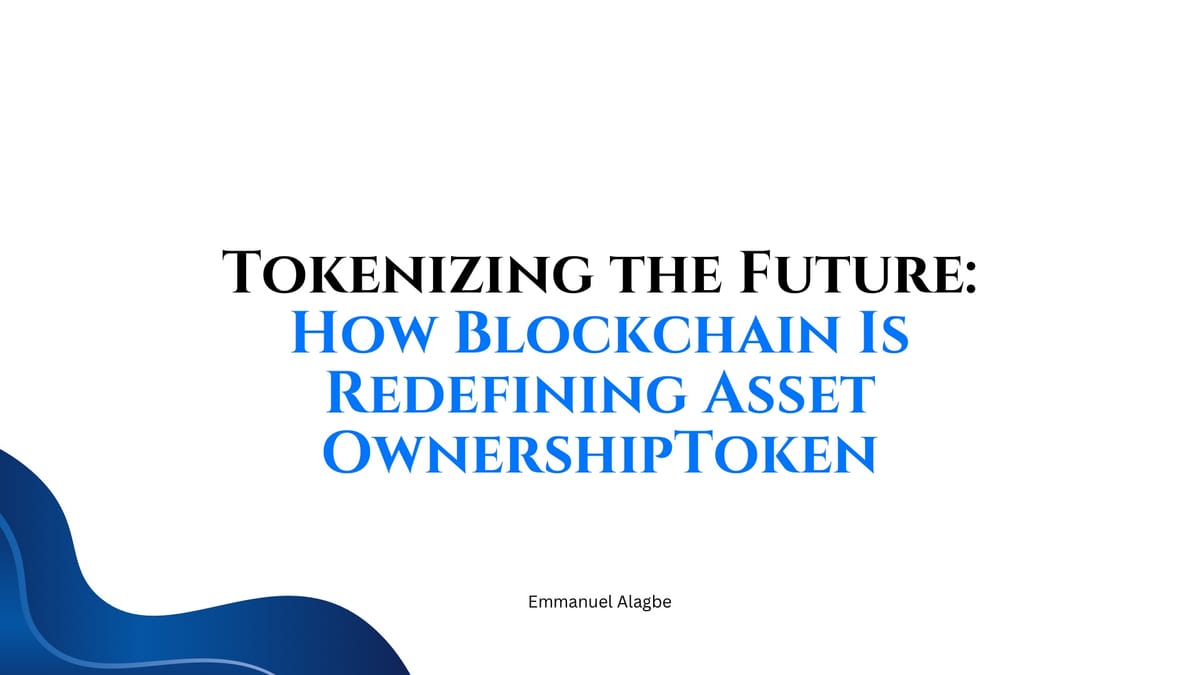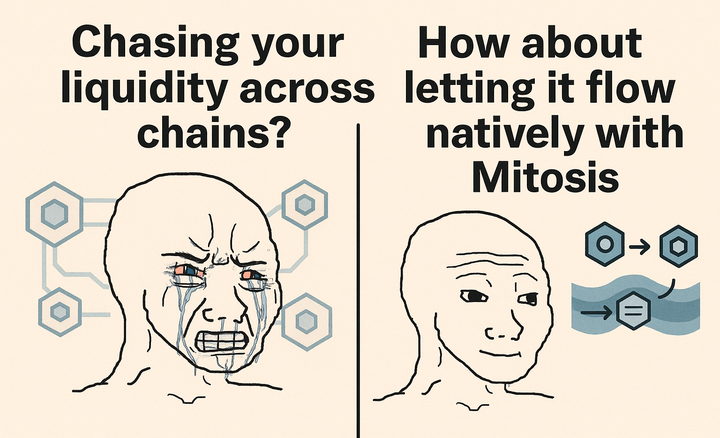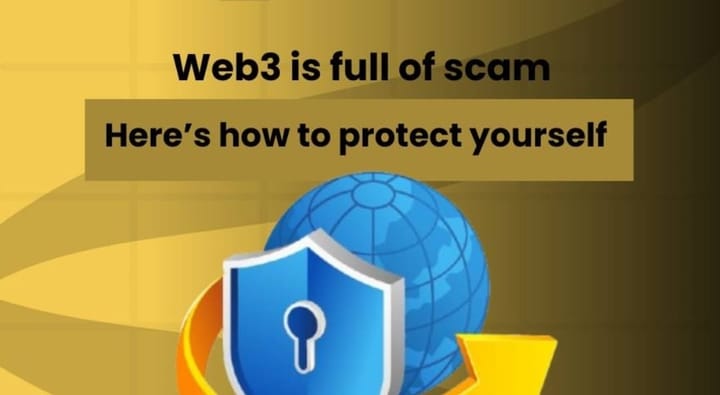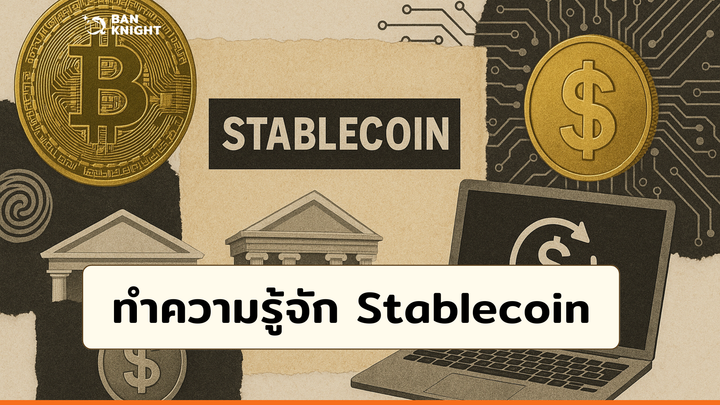Tokenizing the Future: How Blockchain Is Redefining Asset Ownership

In a world where digital innovation is reshaping finance, tokenization stands out as one of blockchain’s most transformative applications. By converting real-world assets, think of real estates, fine art, stocks, or even rare collectibles, into digital tokens on a blockchain, tokenization is unlocking new ways to own, trade, and invest. This technology is not just a buzzword; it’s a framework shift that’s democratizing wealth, enhancing liquidity, and redefining the concept of ownership. Here’s how tokenization works, why it matters, and what it means for the future.
What Is Tokenization?
At its core, tokenization is the process of creating a digital representation of a physical or intangible asset on a blockchain. Each token is a unique, secure, and verifiable piece of code that represents ownership or a stake in the underlying asset. For example, a $10 million property can be tokenized into 10,000 tokens, each representing a $1,000 share. These tokens can then be bought, sold, or traded on blockchain platforms, much like cryptocurrencies.
Unlike traditional assets, which often require intermediaries like brokers or banks, tokenized assets leverage blockchain’s decentralized ledger for transparency and efficiency. Smart contracts, self-executing agreements coded on the blockchain, automate processes like ownership transfers, dividend payouts, or compliance checks, reducing costs and delays.
The Benefits of Tokenization
Tokenization is more than a technical novelty; it’s a game-changer for investors, asset owners, and markets. Here are its key advantages:
1. Fractional Ownership
Tokenization lowers the barrier to entry for high-value assets. Historically, owning real estate, fine art, or private equity required significant capital, locking out smaller investors. Now, anyone can buy a fraction of a tokenized skyscraper or a Picasso painting for as little as $100. This democratizes access to wealth-building opportunities and diversifies investment portfolios.
2. Increased Liquidity
Liquid assets, like real estate or rare collectibles, often take months or years to sell. Tokenization transforms these assets into easily tradable digital tokens, enabling near-instant transactions on global marketplaces. This liquidity unlocks value for asset owners and creates dynamic markets for previously stagnant assets.
3. Global Access
Blockchain operates 24/7, borderless, and without gatekeepers. Tokenized assets can be traded across continents, allowing investors from New York to Nairobi to participate in markets that were once exclusive. This global reach fosters inclusivity and drives competition, potentially increasing asset values.
4. Transparency and Security
Blockchain’s immutable ledger ensures that ownership records are tamper-proof and publicly verifiable. Every transaction is traceable, reducing fraud and disputes. Additionally, smart contracts enforce rules automatically, ensuring compliance with regulations or terms of sale without relying on middlemen.
5. Cost Efficiency
Traditional asset transactions involve hefty fees for brokers, lawyers, and clearinghouses. Tokenization streamlines these processes, cutting costs significantly. For example, a real estate deal that once required thousands in legal fees can now be executed via a smart contract for a fraction of the price.
Real-World Examples of Tokenization
Tokenization is already making waves across industries. Here are a few notable examples:
- Real Estate: Platforms like RealT and Harbor allow investors to buy tokenized shares in rental properties or commercial buildings. For instance, RealT has tokenized dozens of U.S. properties, enabling investors to earn rental income proportional to their token holdings.
- Art and Collectibles: Maecenas and Masterworks tokenize high-value artworks, letting investors own fractions of paintings by artists like Banksy or Warhol. In 2021, a tokenized version of a Jean-Michel Basquiat piece sold for millions in fractional shares.
- Financial Instruments: Companies like Securitize tokenize private equity, venture capital funds, and bonds, making these assets more accessible. For example, tokenized shares in startups allow retail investors to enter markets typically reserved for venture capitalists.
- Commodities: Gold and other precious metals are being tokenized by firms like Paxos, enabling investors to trade digital gold backed by physical reserves stored in vaults.
These examples show tokenization’s versatility, bridging traditional finance with the digital economy.
Challenges and Risks
Despite its promise, tokenization faces hurdles that must be addressed for widespread adoption:
- Regulatory Uncertainty: Governments are still grappling with how to regulate tokenized assets. In the U.S., the SEC treats many tokens as securities, subjecting them to strict compliance rules. The EU’s MiCA framework aims to clarify crypto regulations, but global harmonization remains elusive.
- Technical Barriers: Tokenization requires robust blockchain infrastructure, user-friendly platforms, and secure custody solutions. Scalability issues on networks like Ethereum can lead to high transaction fees, though Layer 2 solutions are improving this.
- Market Risks: Like any investment, tokenized assets carry risks of volatility, fraud, or mismanagement. “Rug pulls” or poorly vetted projects can erode trust. Investors must conduct due diligence and choose reputable platforms.
- Adoption Gaps: While tech-savvy investors are embracing tokenization, mainstream adoption lags. Educating the public and integrating tokenized assets into traditional finance systems will take time.
The Future of Tokenization
The potential of tokenization is vast. Analysts predict that tokenized assets could represent a multi-trillion-dollar market by 2030, encompassing everything from real estate to intellectual property. As blockchain technology matures, we can expect:
- Integration with DeFi: Tokenized assets will flow into decentralized finance protocols, enabling collateralized lending, staking, or yield farming. Imagine using your tokenized home equity as collateral for a crypto loan.
- Mainstream Financial Products: Banks and asset managers are exploring tokenization. JPMorgan’s Onyx platform already experiments with tokenized bonds, signaling institutional interest.
- New Asset Classes: From carbon credits to sports franchises, virtually any asset can be tokenized. This could create novel investment opportunities, like owning a stake in a professional soccer team’s revenue stream.
- Interoperability: Cross-chain bridges and protocols like Polkadot will enable tokenized assets to move seamlessly between blockchains, enhancing liquidity and accessibility.
Why Tokenization Matters
Tokenization is more than a financial tool; it’s a step toward a more inclusive and efficient global economy. By breaking down barriers to ownership, it empowers individuals to participate in markets once reserved for the ultra-wealthy. For asset owners, it unlocks value and flexibility. For innovators, it opens new possibilities for creativity and commerce.
As we stand on the cusp of this revolution, one thing is clear: tokenization is not just digitizing assets, it’s redefining how we interact with value itself. Whether you’re an investor eyeing fractional real estate or an artist tokenizing your next masterpiece, the future of ownership is here, and it’s on the blockchain.



Comments ()